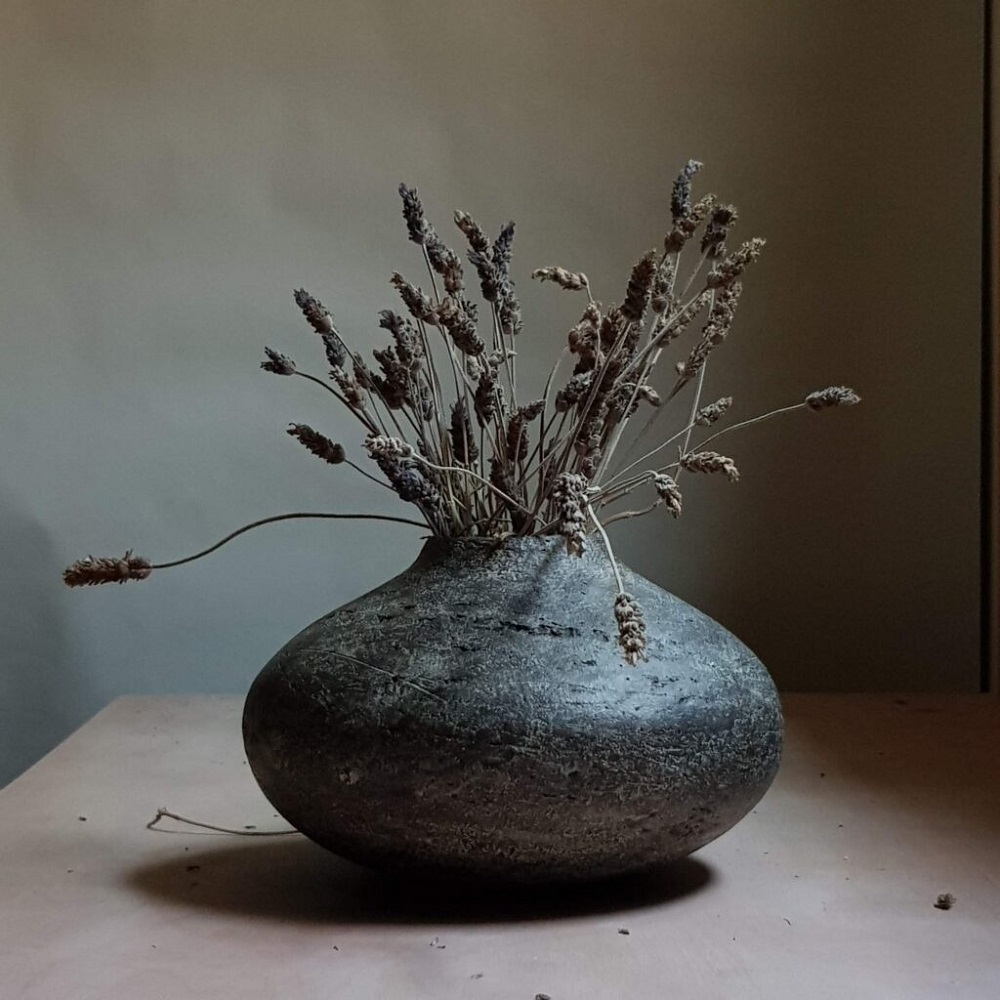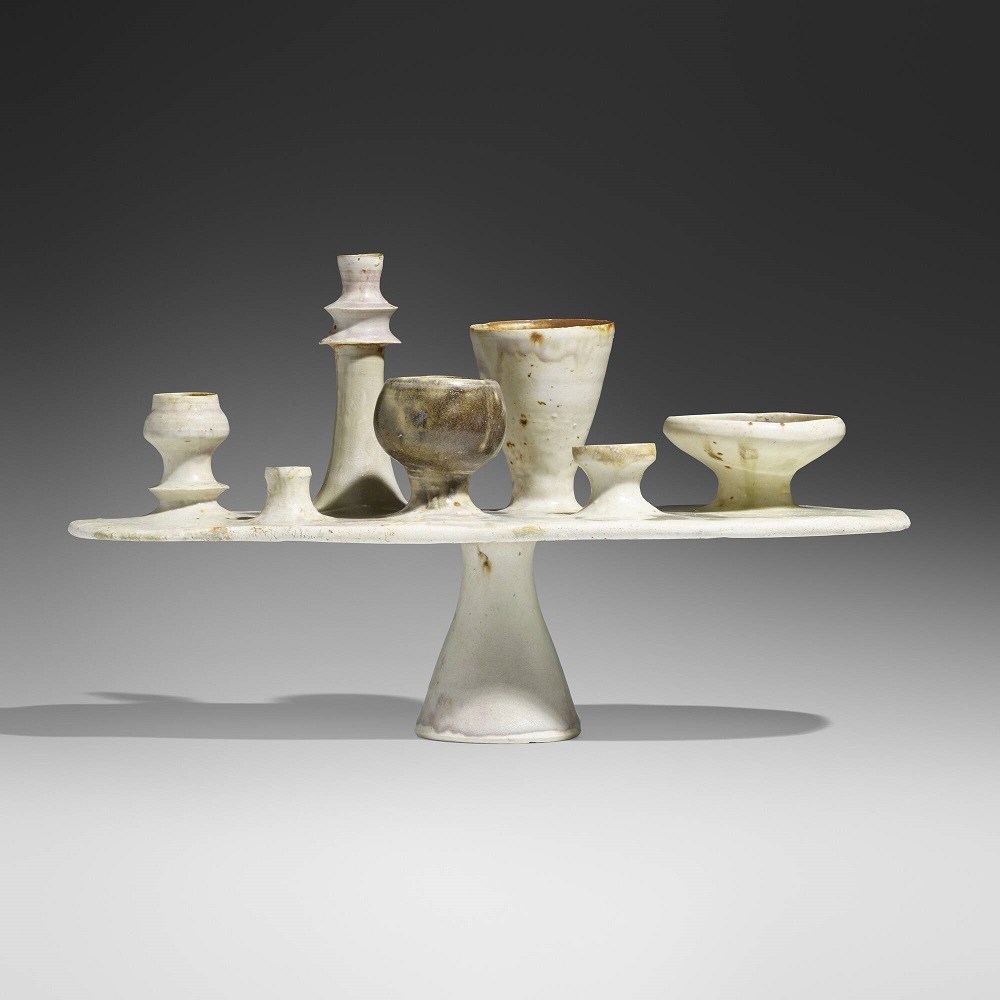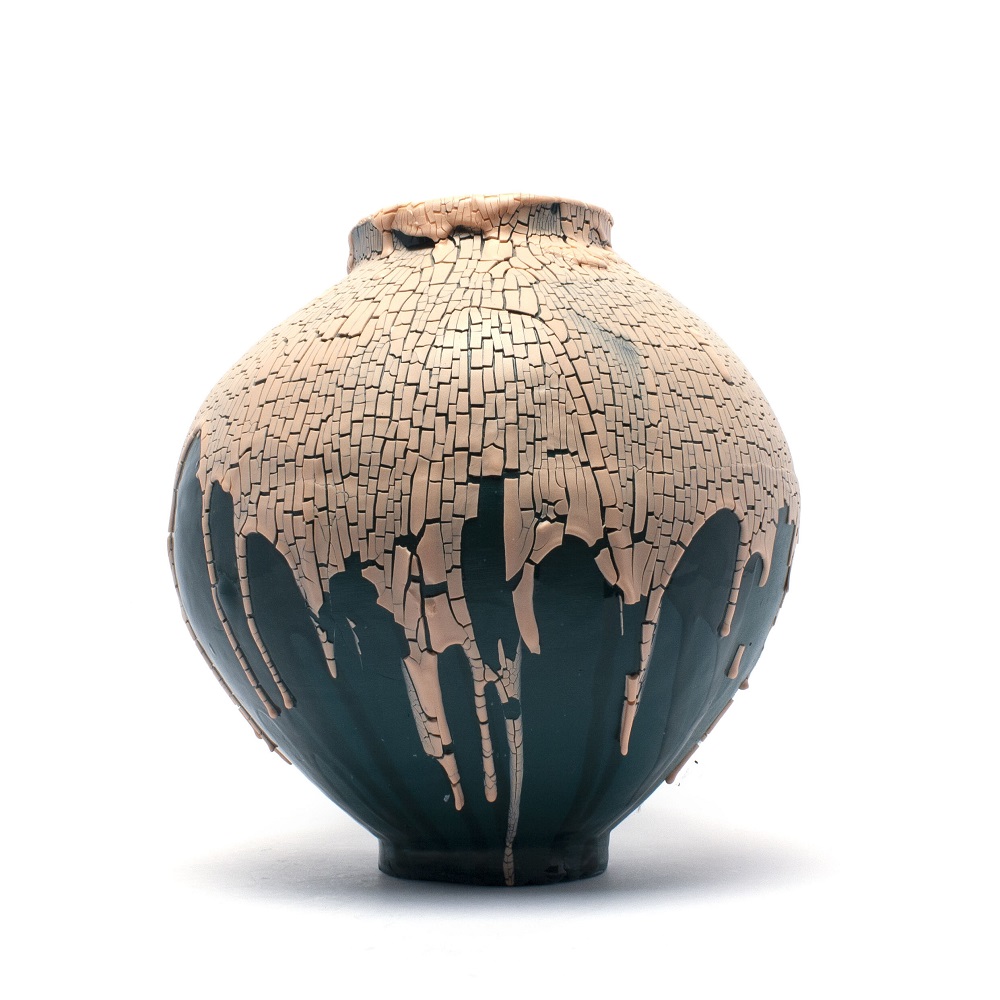Ceramics have been an integral part of human culture for thousands of years. From ancient pottery to modern sculptures, this versatile medium continues to evolve. In recent years, contemporary ceramics have gained significant recognition, thanks to a new generation of artists who push traditional boundaries. This article aims to introduce some of the pioneering figures in contemporary ceramics, exploring their unique styles and innovative techniques. By highlighting their contributions, we can gain a deeper appreciation for the exquisite art form that is ceramics.
The Evolution of Ceramics in Contemporary Art
A Brief History
Ceramics have existed since prehistoric times. Early artisans used clay to create functional items, such as pots and bowls. Over time, techniques for firing and glazing developed, leading to artistic expressions reflected in numerous cultural artifacts. In the 20th century, ceramics began to move beyond mere utility, and artists started experimenting with form and design.
The rise of contemporary ceramics marks a significant shift in how we perceive this medium. Artists are now exploring themes such as identity, culture, and sustainability through their work. They have also employed innovative techniques that challenge traditional methods. This evolution has garnered interest from art collectors, museums, and galleries worldwide. Understanding this background helps contextualize the work being produced today.
Contemporary Ceramics Today
Today, contemporary ceramics encompass a wide range of styles and approaches. Artists blend traditional techniques with modern aesthetics to create unique pieces. Some focus on sculptural forms, while others emphasize functional pottery. Regardless of their focus, these artists bring new life to ceramics, making it a dynamic field within the art world.
Contemporary ceramicists also often engage in broader conversations about the environment and society. Many strive to use sustainable materials and practices in their work. By doing so, they address important issues while creating beautiful art. This commitment to environmental awareness sets contemporary ceramicists apart from their predecessors and further enriches the medium.

Featured Artist: Grayson Perry
Biography and Background
Grayson Perry is one of the most notable figures in contemporary ceramics today. Born in 1960 in Chelmsford, England, Perry gained recognition not only as a ceramic artist but also as a painter and writer. He challenges the boundaries of art through his intricate pottery and unique narrative-driven designs. His background in ceramics began at the age of 20 when he took a course in pottery-making.
Perry’s work often reflects his personal experiences and social commentary. He addresses themes such as gender, identity, and class through intricate, vibrant patterns on his pots. These narratives encourage viewers to engage with his work on multiple levels. Perry’s clever use of humor and irony further enhances the impact of his art.
Signature Techniques and Themes
Perry’s signature technique involves combining traditional pottery forms with contemporary illustrations. He often uses a technique called “slip casting,” which allows him to create complex shapes. His glazes and decorative techniques are not only visually captivating but are also rich with meaning.
The themes present in Perry’s work delve deep into personal and societal reflections. His famous series of vases, known as “The Walthamstow Tapestry,” portrays various narratives related to British culture. Through these pieces, Perry challenges stereotypes and engages in broader discussions about contemporary society.
Featured Artist: Takuro Kuwata
Biography and Background
Takuro Kuwata is another influential name in contemporary ceramics. Born in 1979 in Seto, Japan, Kuwata is known for his innovative approach to traditional Japanese pottery. He represents a unique blend of modern design with a deep respect for historical techniques. Kuwata’s upbringing in Seto, a city renowned for its pottery, greatly influenced his work.
After studying at the Tajimi City Pottery Design Institute, Kuwata gained invaluable skills and knowledge. He later moved to the United States to expand his artistic horizons. This cross-cultural experience allowed him to fuse traditional Japanese methods with contemporary aesthetics, making his work truly distinctive.
Artistic Style and Philosophy
Kuwata’s artworks often showcase a playful yet refined style. He utilizes unconventional glazes and forms, creating pieces that capture attention. His work often features vivid colors and iridescent surfaces, pushing the boundaries of traditional ceramic practices. Kuwata’s pieces invite viewers to appreciate both their visual appeal and the underlying craftsmanship.
His philosophy centers around the concept of “wabi-sabi,” which embraces imperfection and transience in art. Kuwata’s pieces reflect this idea, as he celebrates the beauty found in subtle irregularities. This approach fosters an intimate relationship between the artist, the material, and the viewer.

Featured Artist: Barbara Willis
Biography and Background
Barbara Willis is a prominent contemporary ceramic artist based in the United States. With a focus on functional pottery, Willis has spent decades refining her craft. Her work encourages everyday use while emphasizing beauty in daily life. Willis’s journey into ceramics began in the 1970s when she studied at the College of Charleston.
Over the years, she has participated in numerous exhibitions, showcasing her work alongside other talented artists. As a teacher and mentor, Willis has inspired countless students with her passion and expertise. Her commitment to the craft and dedication to education have earned her a respected place in the ceramics community.
Exploring Functionality and Aesthetics
Willis’s work is characterized by a seamless blend of functionality and aesthetics. She creates beautifully designed pieces that are meant to be used rather than merely displayed. Each item, from bowls to mugs, highlights the importance of combining beauty with practicality.
Her decorative techniques often incorporate vivid colors and intricate patterns. Willis uses various glazing techniques that emphasize the texture of her work. By inviting users to engage with her pieces, she elevates the concept of functional ceramics to a form of fine art. Her approach embodies the idea that art can enhance everyday experiences.
Featured Artist: Jennifer Lee
Biography and Background
Jennifer Lee is a British artist known for her stunning ceramic sculptures. Born in 1975 in Edinburgh, Scotland, she trained at the University of Westminster before developing her unique style. Lee’s work has received critical acclaim for its intricate forms and surface textures. She explores the relationship between traditional ceramics and contemporary art, creating pieces that are both sculptural and functional.
Lee’s work often reflects her fascination with the natural world. She draws inspiration from organic forms, translating them into her ceramic creations. Her journey illustrates how traditional techniques can evolve to accommodate a modern artistic vision.
Innovative Techniques and Inspirations
Lee’s innovative approach incorporates techniques such as slab building and hand-throwing. She uses these methods to create geometric forms that challenge the perception of ceramics. Her pieces often appear lighter and more fluid, emphasizing movement and grace.
In addition to form, Lee pays great attention to surface treatment. She employs various glazing techniques that enhance the textures of her pieces, reflecting light in captivating ways. This process adds depth and complexity to her work, encouraging viewers to engage with her art physically and visually.

The Role of Community in Contemporary Ceramics
Collaboration and Exchange
The contemporary ceramics scene thrives on collaboration and exchange between artists. Many workshops and community studios serve as platforms for artists to share techniques, innovations, and styles. This communal approach helps foster creativity and growth within the ceramics community.
Numerous artists participate in residency programs that promote collaboration and exploration. These environments allow ceramicists to experiment with new ideas while receiving feedback and support from peers. These interactions often lead to unexpected breakthroughs, enriching the artistic experience.
Education and Mentorship
Education plays a critical role in developing new talent in the ceramics field. Established artists often take on mentorship roles, guiding emerging ceramicists through the intricacies of the craft. This investment in education is vital for the future of contemporary ceramics, ensuring a steady flow of new ideas and perspectives.
Additionally, workshops and classes offered by experienced artists encourage individuals to engage with ceramics. These learning opportunities empower participants to express their creativity and explore the medium more deeply. The support and inspiration found in these settings help cultivate a vibrant ceramics community.
Celebrating Contemporary Ceramics
In conclusion, the world of contemporary ceramics is rich with innovation and creativity. Pioneering artists like Grayson Perry, Takuro Kuwata, Barbara Willis, and Jennifer Lee are redefining the possibilities within this medium. They push the boundaries of traditional techniques while infusing their work with personal narratives and cultural reflections.
As we celebrate these artists, we also recognize the importance of community in advancing the field. The collaboration and mentorship evident in contemporary ceramics ensure that new voices and ideas continue to emerge. The interplay of tradition and modernity captivates audiences and invites them to appreciate the beauty of ceramics in everyday life.
By exploring the contributions of these talented artists, we gain a deeper understanding of contemporary ceramics’ significance. This art form transcends simple aesthetics, engaging us on levels that resonate with our experiences and emotions. As we continue to support and celebrate contemporary ceramicists, we enrich our lives through their artistry and vision.